For a woman who is having a heart attack or a stroke, the difference between what we know and don’t know can be the difference between life and death.
Heart attack and stroke, together, are the number one cause of premature death in women but gaps in research, diagnosis and care threaten women’s heart and brain health.
Heart attacks in women
The most important thing you need to know about heart attacks in women is that the signs that a woman is having a heart attack are not necessarily the same as for a man.
The most common sign that someone is having a heart attack is chest pain or discomfort but women can have a heart attack without experiencing the kind of chest and arm-clutching pains that we see in the movies. Instead, a woman who is having a heart attack may experience several symptoms at a time, including:
- Shortness of breath
- Pressure or pain in the lower chest or upper abdomen
- Dizziness, lightheadedness or fainting
- Upper back pressure or extreme fatigue.

Because heart attacks in women don’t necessarily look like heart attacks in men, half of all women who experience a heart attack have their symptoms go unrecognized. Once they reach the hospital, women who have a heart attack are also less likely than men to receive the treatments and medication they need or receive them in a timely way. As a result, a woman who experiences a heart attack is more likely than a man to die within a year following the heart attack
This is especially dangerous for women who may already face barriers to receiving healthcare due to their social determinants of health, such as race, socio-economic status, or sexual orientation. The lack of awareness about how heart attacks present in women, and the difficulties Black women, in particular, can face in receiving timely medical treatment was highlighted in a 2018 episode of Grey’s Anatomy where Dr. Miranda Bailey sought and was refused treatment for a heart attack.
Strokes in women
A stroke can happen to anyone, at any age but more women die of stroke, women experience worse health outcomes after a stroke, and women face more challenges to their recovery after a stroke than men. While the symptoms of a stroke are the same in both women and men – facial drooping, difficulty raising your arms, and slurred or jumbled speech, known as FAST signs – many women are not aware of what a stroke is and do not recognize the signs. And women, particularly women who are caring for others, are more likely than men to dismiss their symptoms or delay seeking treatment.

The gaps in research, diagnosis and care of women with heart disease or stroke
The fact is that women’s bodies are not the same as men’s. But two-thirds of clinical medical research on heart disease and stroke have focused on men. As a result, the risk factors for heart attack and stroke, how heart attack or stroke affects the body, and the best way to treat someone experiencing heart attack and stroke are less studied and less understood in women than in men. Because medical school curriculums and many guidelines for heart disease and stroke don’t address women’s unique needs, many healthcare professionals aren’t even aware that the best practices for the treatment of heart attack and stroke are based on evidence from men.

The results are tragic and speak for themselves: 20% more women in Canada died of heart failure than men, and 32% more women died of stroke than men.
In 2019, 32,271 women in Canada died due to heart disease and stroke.
That’s one woman – one friend, one partner, one mother, one daughter, sister, aunt or grandmother – every 16 minutes.
Taking action to improve outcomes for women who experience a heart attack or stroke
The Heart and Stroke Foundation of Canada has identified three strategies to tackle the barriers in healthcare that prevent women from receiving the timely and effective care they need to survive a heart attack or stroke:
- Expanding research into women’s heart and brain health
- Empowering and educating women about their unique signs, symptoms and risks of heart attack and stroke, and
- Helping to accelerate the work to transform how heart and brain care is provided for women.

Working with partners from all sectors of our healthcare system, Heart & Stroke is committed to ensuring all women in Canada receive the care they need when it comes to their heart and brain health.
Learn more about Heart & Stroke’s strategy for reducing the number of women who die prematurely from heart disease and stroke by visiting Our strategy | Heart and Stroke Foundation.
From now until March 31, 2023, donations to Heart & Stroke have double the impact thanks to CP. Click here to donate now and double your impact.
Learn more about the signs, symptoms and risk factors for heart attack and stroke in women by visiting Risks & signs | Heart and Stroke Foundation.
How Federated Health Charities helps
Since 1983, Federated Health Charities has helped Ontario’s public servants to raise funds and awareness to support Heart & Stroke’s vital work to improve heart and brain health for people across Ontario. Beginning with a single charity, the annual Federated Health Charities campaign now raises funds for 21 health charities providing client and patient services, medical research and health education and awareness in communications all across Ontario. Federated Health Charities – one click, 21 chances to make a difference.






